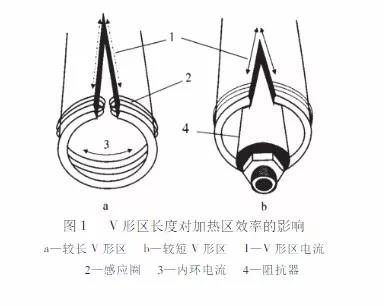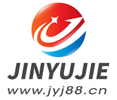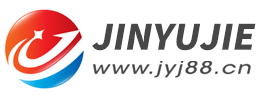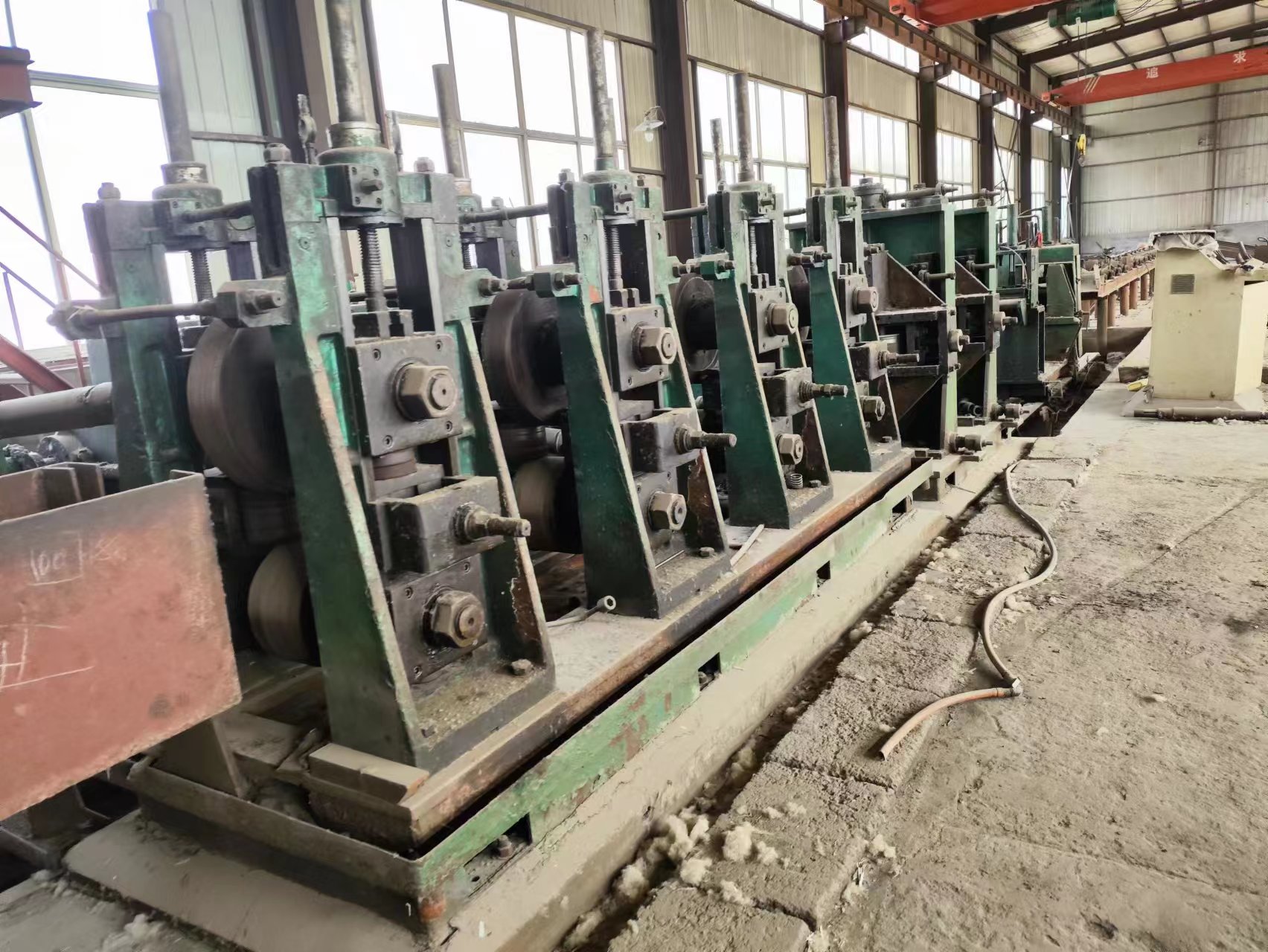Used high frequency tube mills, the best efficiency control of the operating welding process (1)
- Sort:Information
- Auth:
- Source:
- Release time:2023-09-02 11:30
- Pvs:
【概要描述】In the high-frequency welding of used high frequency tube mills, the welding power is generally above 100KW, and 80% of the power is consumed in the heating of the coil, the resistance, and the heating of the pressure roller and the tube blank.
Used high frequency tube mills, the best efficiency control of the operating welding process (1)
【概要描述】In the high-frequency welding of used high frequency tube mills, the welding power is generally above 100KW, and 80% of the power is consumed in the heating of the coil, the resistance, and the heating of the pressure roller and the tube blank.
- Sort:Information
- Auth:
- Source:
- Release time:2023-09-02 11:30
- Pvs:
In the high-frequency welding of used high frequency tube mills, the welding power is generally above 100KW, and 80% of the power is consumed in the heating of the coil, the resistance, and the heating of the pressure roller and the tube blank.
Therefore, the key to minimizing power loss is to set up reasonable coils, resistors and reasonable configuration of rolling mills. In most cases, after optimizing the welding process, power loss can be reduced by 50%, and welding quality can be improved, downtime can be reduced, and output can be increased.
How to control the best efficiency of the operating and welding process of used high frequency tube mills can be divided into 8 types, and we will introduce 3 of them below: ①The mechanism of high-frequency welding. ②Why choose high-frequency current. ③Operational efficiency.
①Mechanism of high frequency welding
The mechanism of high-frequency welding is: the voltage passes through the edge of the opening of the tube blank, and the current is induced to reach the confluence point. When current flows through the junction, the metal is rapidly heated. Using the pressure of the squeeze roller, the heated melted part of the metal achieves hot extrusion bonding, and the impurities are also squeezed out from the weld.
②Why choose high frequency current
Technically speaking, impedance is the main consumption when low-frequency current passes through a resistive element. As the frequency increases, the magnetic field increases, and the inductive reactance becomes the main factor in the impedance, and it increases as the frequency increases. In the welding process, the size of the induction coil as the primary winding should be appropriately smaller. The power can be adjusted by electromagnetic coupling, and the magnetic loss caused by high frequency is related to the number of coil turns and current. For example, welding a pipe with a power source with a frequency of 60 Hz requires a coil of hundreds of turns and a current of thousands of amperes; while high-frequency welding usually requires a coil of 1 to 3 turns and a current of hundreds of amperes. In addition, high-frequency welding is also conducive to the occurrence of "skin effect" and "proximity effect".
③Operational efficiency
The reason for the low efficiency of high-frequency welding operation is that the position of the induction coil and the impedance device is not very good. When a voltage is applied to the edge of the tube billet, a part of the current flows along the edge of the strip through the V-shaped area to heat the edge of the strip; the other part of the current flows through the inner ring surface of the open tube body and returns through the outer ring surface, resulting in Power loss.

The magnitude of the current flowing through the V-shaped area and the inner ring surface depends on their impedance, as shown in Figure 1. Shortening the length of the V-shaped zone and keeping its distance small can reduce the impedance of the path, and vice versa, increase the impedance and increase the heat loss. The length of the V-shaped zone has a greater influence on the efficiency of the heating zone than the frequency. Both the short working coil and the larger pipe diameter can increase the internal impedance of the pipe. Placing a resistor in the tube (as shown in Figure 1b) will also increase the internal impedance.
The above is to control the best efficiency of the welding process of the used high frequency tube mills. I hope it will be of some help to you. Our company has many brands and resources, and there is always one that suits you. You only need to inform us of your pipe-making needs, and our company will provide you with used welded pipe equipments that really suits your needs. Welcome new and old customers to consult and order.
More News

Time of issue : 2023-10-31

Time of issue : 2023-10-28

Time of issue : 2023-10-25

Time of issue : 2023-10-22
Wechat: 13392281699
Email: zty@usedpipemill.com
Company address:No. A99, East Lecong Avenue, Lecong Town, Foshan City, Guangdong Province
Recommendation
Online Inquiry
LINK
Contact Us
Tel (wechat): 13336487288
Wechat:+86 13336487288
WhatsApp:+86 13336487288
Email: zty@usedpipemill.com
Address: No. A99, Lecong Avenue East, Lecong Town, Foshan City, Guangdong Province










